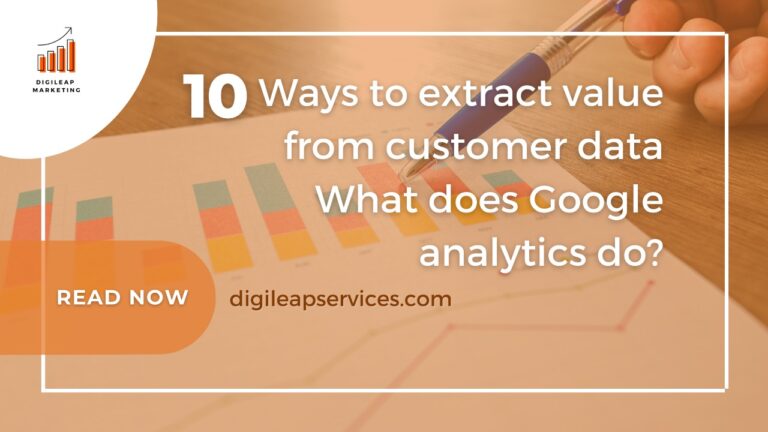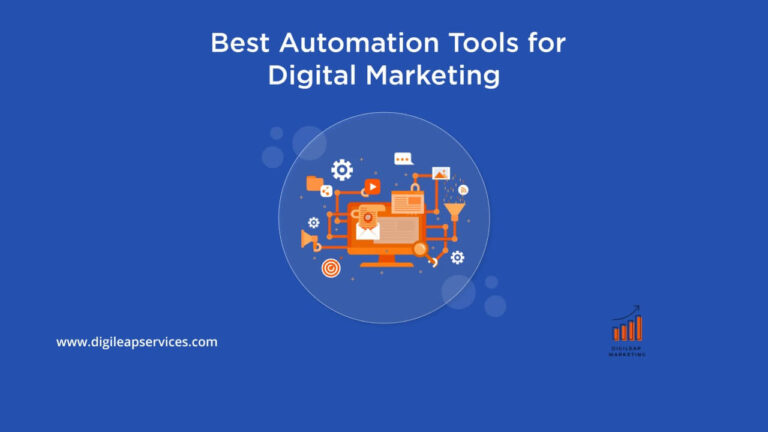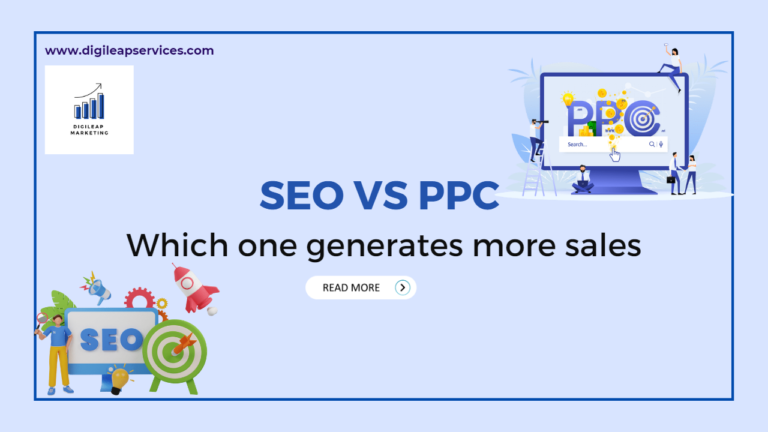5 Key Email Metrics You Should Be Tracking
5 Key Email Metrics You Should Be Tracking: Imagine that you have decided to make a goal or establish intentions for the upcoming year. One of them focuses on physical fitness and achieving a daily step target of 5,000 to 10,000. You plan to take your dog on short walks every hour and a longer two-kilometer or more stroll at the end of each day. Your phone is set to remind you to go on your hourly walks, and you even tell a few friends so they can hold you accountable. You’re headed in the right direction!
However, you lack a step-tracking fitness tracker or app. You made an action plan and established goals, but you have no means of knowing if you accomplished them. If you don’t monitor metrics related to your objectives, you could have the same approach toward your email marketing plan.
You must monitor the indicators that enable you to assess your achievement in this case. And if you’re unsure where to begin, here are five metrics you need to monitor!
Contents
- Open rate
- Conversion rate
- Clickthrough rate (CTR)
- Bounce rates
- Device stats
Why you ought to monitor open rates
You locate a lovely template, put some consideration into customizing it with your logo and brand colors, then compose a considerate note and send it. However, how would you know whether any of your subscribers had read the email?
Try treating your subject line as the ad content that attracts or excites your subscribers enough to open your email and using your open rate as a gauge of the success (or failure) of your subject line. Use your open rates to determine whether your subject lines are effective after that.
Are the headlines in your emails intriguing? Adjust your subject line if they’re not performing as planned, and then take another look at your open rates. A piece of email marketing metrics involves trial and error, you may use the lessons you gain if you change your subject lines and your open rates increase to make future iterations even better.
Uncertain about how you’re doing? In Flodesk, check your open rates.
Although your subject lines are most directly tied to your open rate, they may also reveal other things that your subscribers enjoy (or don’t enjoy as much).
Which emails have the highest and lowest open rates, do you know? Do you notice any patterns? For instance, you may utilize the information to guide your email marketing strategy and comprehend what your subscribers want from you if you find that your emails with discount coupons have the highest open rates but, your bi-annual roundup newsletter typically has poor open rates.
Take open rates with a grain of salt, even though they can aid with subject line optimization and content customization. Numerous elements, some of which are outside your control, such as mail privacy protection features, affect the open rate.
Resend your emails to recipients who haven’t opened them by checking your email statistics. However, use caution to avoid clogging the inboxes of your subscribers.
How to multiply: 100 times (Emails delivered/Emails opened). For instance, (40/100) times 100 = 40% open rate.
However, your email open rates only tell part of the tale. Opening an email is one thing, but clicking around and even converting is quite another.
- The significance of keeping an eye on your conversion rate
If you have an email list, you undoubtedly want your subscribers to convert in some way, whether it be webinar registrations, product purchases, or eBook downloads. Here’s where it’s important to track your conversions.
Think about the call to action when you consider converting (CTA). In emails, CTAs are often buttons or links that encourage readers to take action (your conversion). So, let’s assume you send a couple of emails to your subscribers promoting an upcoming webinar. A handful of them chooses to register by clicking the registration link in your emails. They changed.
How to figure it out: 100 x (those that carried out the required action/total deliveries that were successful).
We can determine your webinar’s conversion rate using the algorithm above. 10000 emails were sent and delivered successfully, and 1,500 subscribers registered for your webinar. You multiply (1,500/10,000) by 100 to arrive at an excellent conversion rate of 15%. Very good!
Conversion rates provide you with opportunities to celebrate little victories in addition to aiding in success measurement. However, if you’re dissatisfied with your conversion rate, you may also delve further and look into why you fell short of your target conversion rate.
- Importance of monitoring your clickthrough rate
Your clickthrough rate, often known as CTR, reveals if your subscribers are just opening or responding to your emails. They can open, scroll through, and then close it, for sure. They may also read every word and click on every link. You can tell if it’s the first or the second by looking at your CTR.
According to Hubspot, measuring CTR is important since it may help you create a baseline for engagement and make it simpler to detect changes over time.
Do the holidays usually bring forth a spike? Have you recently made some modifications since your CTR has decreased in your emails? You can determine the kind of material your subscribers enjoy by looking at which emails have the best clickthrough rates.
Your new social media course is something you’re confident your subscribers will like. By including some outstanding sales text, images, and a strong CTA in your weekly newsletter, you aim to increase course registrations. Track your clickthrough rate to discover how many people were interested enough to interact with your material and find out more to determine if this is a successful tactic.
A word of advice: Don’t resist the urge to provide links to your most current blog entries, your website, your CTA, and more. But research indicates that when we have too many options, we cannot decide. Therefore, limit it to a few essential links and let your readers choose the topics that interest them most.
How to figure it out: 100 times the ratio of subscribers who clicked on your link to those who got your email. Ex: 20% CTR = (1,000/5,000) x 100
- Importance of monitoring your bounce rates
We all have those immediate conversion objectives, but have you considered longer-term objectives like keeping a strong, quality list? Even if your email bounce rate is a crucial indicator of long-term performance, you don’t always need to keep track of it.
Here’s why we advise you to check it periodically: if your emails get too many hard bounces, internet service providers (ISPs) can consider them spam, and it could damage your sender’s reputation (and potentially, deliverability).
The idea of having a sizable list is complicated by the need for your list’s members to receive and interact with your emails. You won’t get any advantage if they are constantly bouncing. Additionally, a lot of people subscribe using bogus email addresses; they don’t add anything to your list. Get rid of them when you notice them bouncing frequently!
Pro tip: Regularly remove email addresses that bounce to keep your list active and valuable. Additionally, we advise adopting a double opt-in process that necessitates email address confirmation from subscribers.
- Reasons to check device statistics.
You already understand the value of a beautiful experience if you use Flodesk Email metrics. You design gorgeous emails that are optimized for mobile and attractive on a desktop or tablet. Who wants to put in all that effort for the emails to seem crooked on a mobile screen after all?
This is the main justification for why we advise keeping an eye on how your subscribers react to your emails. Regardless of where they open your email, they must have a wonderful experience.
Consider this: How frequently do you check your phone’s email ? My Gmail app is the one I use the most on my phone, especially while I’m working. Possibly, your audience is also doing this.
With Flodesk, you don’t have to worry about optimizing your email metrics for mobile. We take care of the grunt work for you. But you might want to take a few additional factors into account if the majority of your audience reads your emails on their phones.
Do you want them to download the eBook you wrote? If the eBook has 20 pages, perhaps email isn’t the greatest medium for sharing it. Remember that complex script headers may be hard to read on mobile if you utilize them.
Keep your emails brief and provide obvious CTAs that your subscribers can see on a desktop or mobile device.
Conclusion
Monitoring email metrics analytics is an excellent approach to assessing the effectiveness of both your emails and the campaign as a whole. However, they also provide you with some insight into your subscribers’ personalities, values, and preferred methods of content consumption.
To make your emails more relevant to your subscribers, use the data from your stats. You’ll appreciate the outcomes, we believe!












